Small schools are the ‘beating heart’ of their community, but their numbers have been falling. Jessica Hill investigates how the push for an all-multi academy trust sector could hasten their decline
Small schools can be the last bastion of a sense of place in communities that have lost their local pub, post office, doctor’s surgery or bus services.
Jo Luxford, an executive principal in Dartmoor, describes her three primaries in Dartmoor, which all have fewer than 30 pupils, as “the beating heart of our village communities … acting as hubs for families and fulfilling a unique and important role”.
“It is an honour and a privilege to teach in a tiny school because if we get it right we are a window on the world, a social space and a beacon of hope for the future in areas where these things are few and far between.”
Since 1980, the number of primary schools in England with 200 or fewer pupils has halved from 11,464 to 5,784, analysis of data from FFT Education Datalab and Onward shows.
While it’s not clear how many of these closed or just expanded, 71 small primaries have closed altogether since the end of 2019 – despite the number of state-funded primaries overall increasing by 17 in that time, up to 16,786.
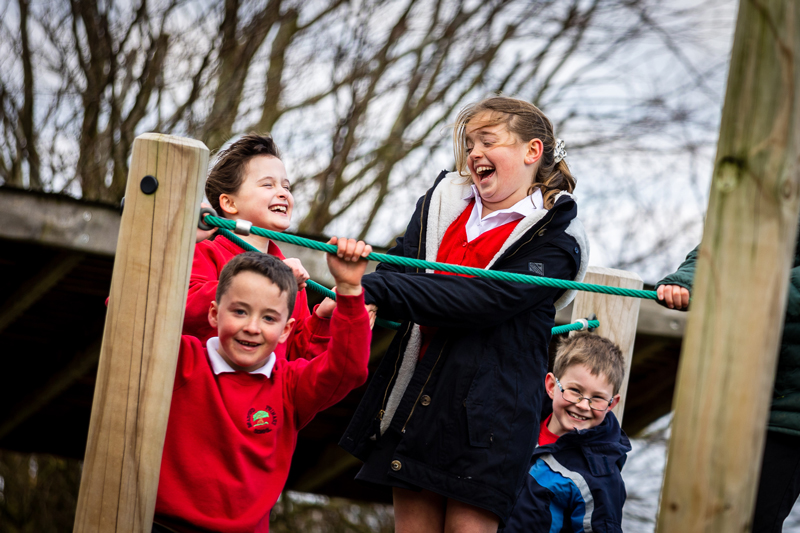
The MAT problem
Speaking at a children’s services directors’ conference last summer, Paul Cohen, the Department for Education’s deputy director for school improvement and MAT growth, said there has been an historic pattern in which small schools have been unattractive to MATs that “we have to break”.
“There is a part of me that feels if existing MATs are not prepared to take them on, then we need new MATs.”
Government data from June shows there are now 2,034 state-funded primary schools with 100 or fewer pupils. Of those, 626 are academies – 31 per cent – compared with 39 per cent of primaries overall. (We excluded new free schools in our analysis).
Seamus Murphy, the chief executive of Turner Schools, cites “challenges around mixed [age] classes, recruitment, cost and particularly building cost” as reasons why trusts, including his own, are “really reluctant” to take on small schools.
In a report last year, the Commons public accounts committee warned that “financially struggling”, “small secular” and “rural” primaries were becoming “orphaned”.
“There’s a real risk we end up with some stronger schools being taken into trusts but leaving some unable to make friends because financially, they’re just not going to be viable,” says Paul Wagstaff, director of education and skills at West Sussex.
Around half of West Sussex’s primaries have fewer than 150 pupils.
Small schools ‘stuck between a rock and a hard place’
Andy Park, an executive headteacher within Prospere Learning Trust, which has eight schools in Greater Manchester, says while trusts can “utilise their forms to support smaller contexts, they cannot do that if long term the school is not viable.
“If it’s not viable for a local authority, it’s not going to be viable for a trust.”
David Whitehead, the chief executive of Our Community, an MAT of ten mostly church schools with two small schools in Kent, says this leaves those playing a vital role in sustaining rural communities “stuck between a rock and a hard place. [They are] surrounded by lots of MATs that don’t want them and dwindling support from their local authorities”.
With a “perfect storm brewing”, he says it is “wrong that some MATs treat themselves as businesses… fundamentally our job is education. If a small school wants to work with us, then I feel duty bound to work with them.”
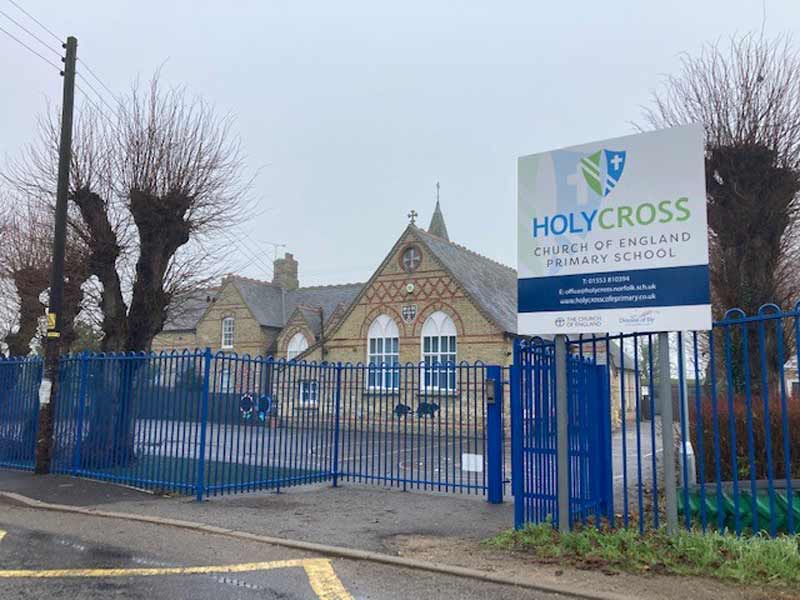
Are churches their saviour?
Our analysis shows 56 per cent of the state-funded primaries with fewer than 100 pupils are still run by the Church of England.
The Diocese of Ely Multi-Academy Trust, which has 39 primaries – half with fewer than 150 pupils – predominantly in Cambridgeshire, is “underpinned” by its “Christian distinctiveness”.
Adrian Ball, its chief executive, believes “following God’s values helps us recognise the importance of keeping these schools going. But equally we won’t keep them going if it means being too much of a drain on the rest of the trust.”
A 2018 report by the CoE education office, “Embracing Change: Rural and Small Schools”, advised leaders to be realistic about the future and take into account projected demographic developments “in the best interests of children and the education they deserve to receive”.
The Diocese of Ely trust merged two schools last year in west Norfolk because one of them, Wormegay, had only 25 students and was forecast to go down to single figures in the subsequent five years.
Ball says “pockets of angry and frustrated parents” objected, but the new combined school – Holy Cross – has 50 pupils, enough to fill three classes rather than the two each school had previously.
The religious affiliation has not helped all schools. Ripley Primary in Surrey closed in 2018, despite having between 140 and 170 students in the prior years.
Mervyn Benford of the National Association of Small Schools says two secular MATs stepped forwards to take the school on, pledging to follow Christian principles. But the Diocese of Guildford turned them down and the site now houses a pre-school.
Campaigner Catherine Leeson says Ripley had had a school since 1874. “For four years, the community was really fighting for and championing this school, they really believed in it.”
Many parents now drive their children to another primary two miles away.
‘Taking them on would change our designation’
Most of Kent’s small rural primaries are church schools, which Murphy says makes it “impossible” for his non-religious MAT to take them on “even if we wanted to, because it would involve changes to our designation”.

Ofsted sets up small school taskforce
Small schools are also much more likely to get poor Ofsted grades.
Of the 424 graded Ofsted inspections of primaries with fewer than 200 pupils in 2021-22, just 62 per cent were rated ‘good’ or ‘outstanding’ (60 per cent of which were ‘good’). This compares with 88 per cent of all schools that are rated ‘good’ nationally.
Whitehead says the ratings have “unintended consequences” because even a small reduction in pupil numbers threatens their survival.
His MAT took on Lynsted and Norton, in Sittingbourne, last year as part of a merger. The school was in special measures and its intake fell from 10-15 pupils to six this September.
“This school has a huge deficit and a reduced number of children coming in, so unless we get government support it is going to really struggle.”
Whitehead accuses Ofsted of “not operating on a level playing field. If you’re in a small school, one person could be leading three or four subjects – other schools might have heads of department as well as individual subject leads. But the same framework applies to all.”
Ofsted acknowledges that small schools face some particular challenges. “However, we always take each school’s circumstances into account on inspection, including the very smallest.”
However, the inspectorate has formed a new taskforce, which includes the National Association of Small Schools, to advise on how it can improve inspector training on curriculum at small schools.

‘It’s a bit Robin Hood’
Small schools have increasingly formed “federations” to share resources.
Dartmoor Multi Academy Trust has three secondaries and 14 small primaries, including the three schools run by Luxford.
“We see ourselves as a big team across lots of sites,” she says. “It’s impossible for two teachers be experts in every subject, but in our trust we have science and English leads who work across schools and a shared Senco. In the past the head was also Senco and designated safeguarding lead, and juggling all that is difficult.”
While Ball admits that teachers in small schools have to be “jacks of all trades”, his trust has aligned its curriculum across its schools “so the initial heavy lifting in terms of content is all done centrally”.
But being in a trust “doesn’t necessarily ensure financial stability”, he says, with MATs with small schools facing “more financial challenges”.
“We reallocate our money to support small schools – it’s a bit Robin Hood. We pool [capital] funding where we can to fix roofs and boilers, where schools on their own don’t always have the money.”
Whitehead says his 10-school trust’s finances are “balance[d] because of what the other schools bring to the picture”.
But the Lynsted and Norton school’s deficit, now sitting at £300,000, is one “we cannot fix by ourselves. We’ve talked to the [government] and there is no support whatsoever.
“I’m not going to give up on this school. But it needs support beyond us to get it back on track financially.”
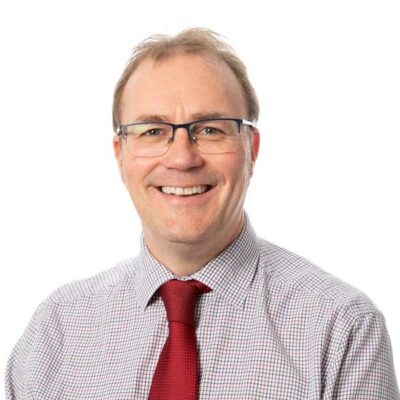
More problems on the horizon
There is also an upcoming drop in pupil numbers to consider: primary numbers across England are due to fall by 16.6 per cent over the next 10 years – more than 750,000 fewer pupils.
Ball says the Diocese of Ely can already identity which schools will be hit. “We’re looking at how with declining pupil numbers we can realign staffing structures to bring costs down. But there’s only so far we can go – we still need bodies in there to teach.”
Consortium Trust has nine primaries in Suffolk and two in Norfolk, most of which have fewer than 100 pupils.
Andrew Aalders-Dunthorne, its chief executive, says any drop in pupil numbers has a more significant financial and viability impact on a small school. His trust plans to take on larger schools to balance against the pressures faced by its small schools, with two large special schools being admitted in April.
But he believes the current funding system – based on funding per pupil – “penalises schools with relatively fewer pupils.”
Some local authorities are clustering small schools to create a more attractive package for MATs.
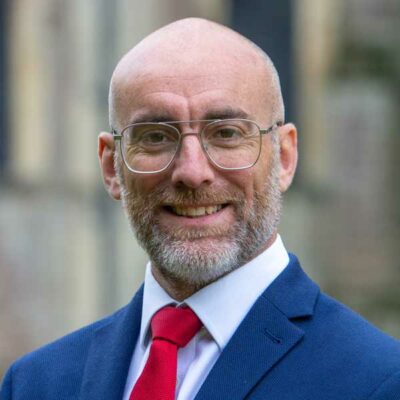
But Murphy says there are “only so many of those you can take on without subsidising the education of the majority of children in the trust – there are always trade-offs.”
The Church of England has also estimated that schools in rural areas would need to belong to trusts with at least 35 schools for it to add up, the Church Times reported last year. Less than one per cent of trusts (22) currently have 35 schools or more.
Tanya Ovenden-Hope, an education professor at Plymouth Marjon University, says national MATs do not grasp the value small schools play to their communities. “The more localised the MAT, the more likely it is to put time and effort into supporting and saving those small schools”.
Ball sees his small schools as “a constant” in geographically isolated areas where “other services have declined”.
Murphy suggests local areas raising council tax to keep such schools open, but acknowledges the move is likely to be unpopular.
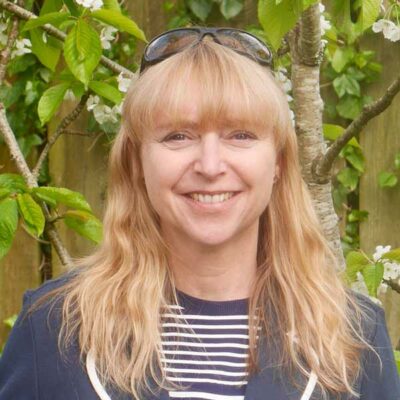
“This is a case of politicians wanting the sector to solve a problem that is not of the sector’s making.”
Luxford believes that “at their best”, small schools can be “really agile and innovative. They’re not big juggernauts to change and if they are able to leverage that agility, they can do really great things.”
A spokesperson for the Department for Education says that under the national funding formula, cash for small rural schools has doubled from £42 million in 2021-22 to £95 million in 2022-2023.


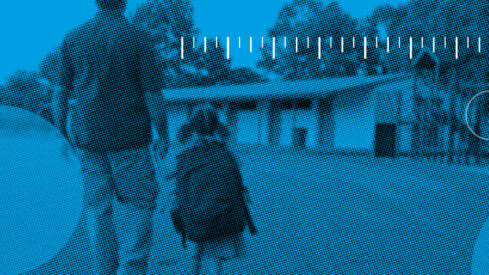




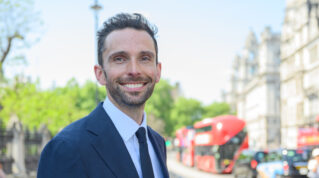
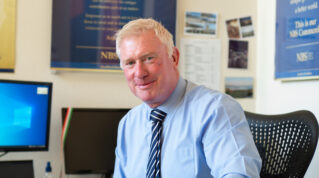
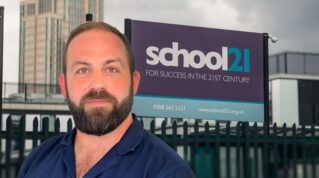
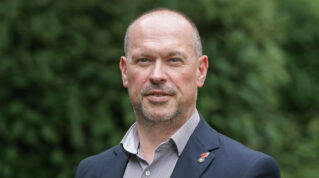

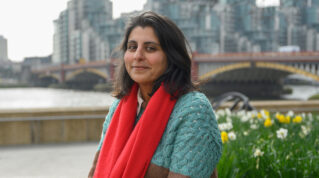

Your thoughts